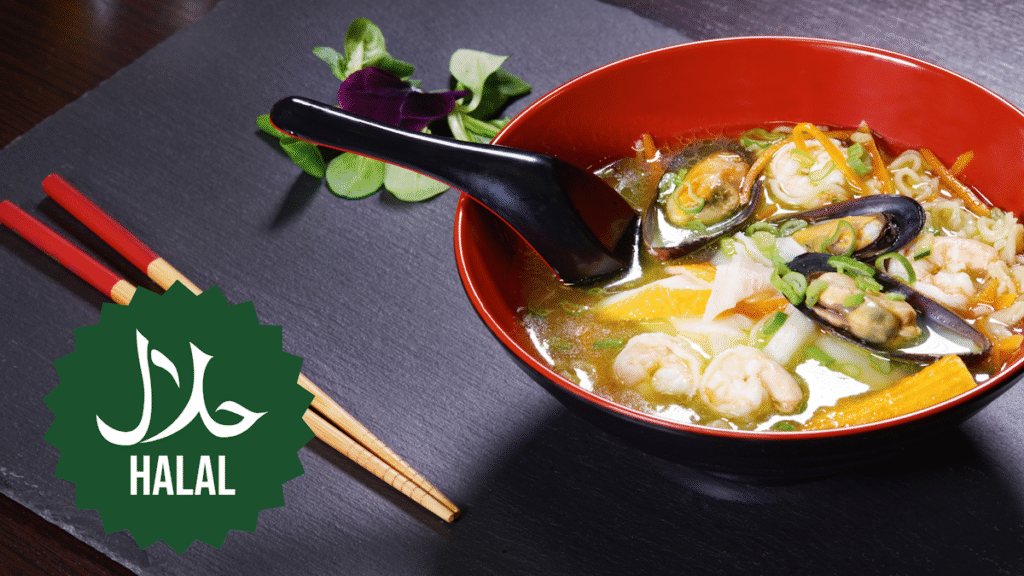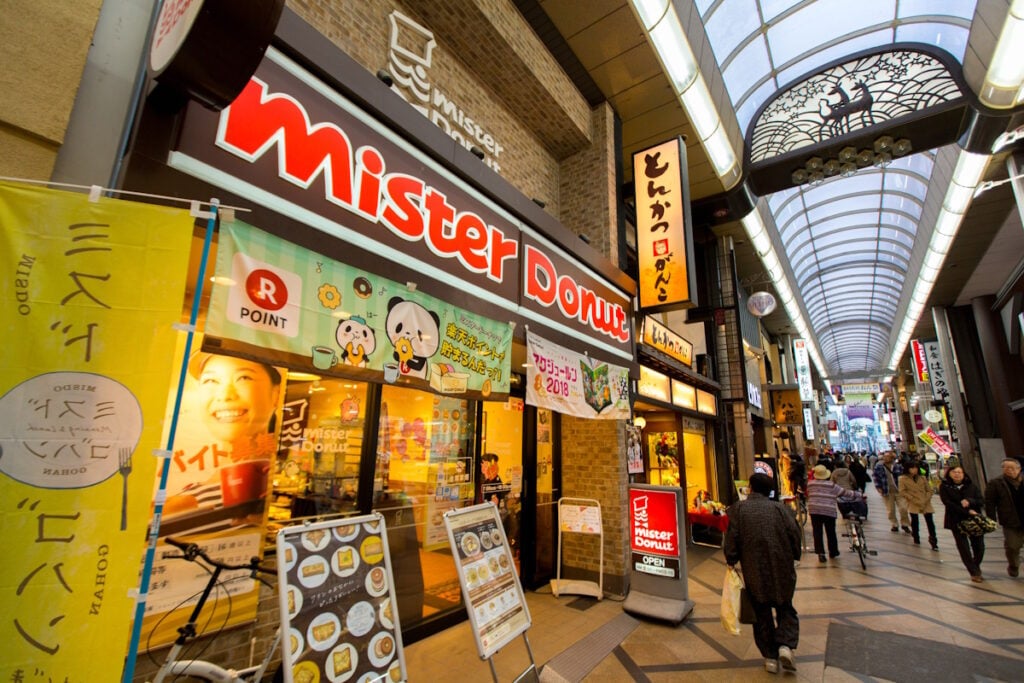Japan has had a problem with food waste for a while. However, it’s also one of the countries that’s most aggressively tackled the problem. Now, Japan’s government has announced it’ll take the next step in its battle against waste by changing its approach to food expiration dates.
Japan’s Consumer Affairs Agency (CAA), as reported by Asahi Shimbun, is setting new criteria for both expiry dates (消費期限; shouhi kigen), the date before which food can be safely consumed; and freshness dates (賞味期限), the date for eating the food at peak flavor.
The CAA will specify that manufacturers should use a safety coefficient closer to 1 in their freshness and expiration dating tests, which will lengthen the expiry date on most current packaging. The safety coefficient provides a safety buffer by shortening a product’s measured expiration date. For example, if a product has a 10-day shelf life, a safety coefficient of 0.7 means the expiration date is seven days.
Additionally, the government will specify that businesses that use freshness dates make clear what the date means so that consumers know food is still safe to consume past that date. It’s also encouraging businesses to put recommendations on packaging for how food can be kept consumable past its freshness date.
The concrete guidelines are still being firmed up in a committee that is currently meeting up to March. The government expects to announce the changes that month.
A long battle against food waste – with results
Japan has long ranked high on the United Nations Environment Program’s (UNEP) Food Waste Index. In the most recent 2024 report, UNEP says it wastes around 64kg of food per capita – more than the US at 59kg.
It’s a somewhat embarrassing development for a country that prides itself on a culture of mottainai, or not being wasteful. As Deeper Japan discusses, there are multiple reasons for this contradiction. Structural issues and the drive to maximize profits play a role, for example.
A huge driving factor is risk aversion. Until now, the recommended safety coefficient factor for freshness dating has been under 1. However, writes food waste journalist Ide Rumi, many manufacturers set it even lower, down as low as 0.3. Ide says she’s even seen frozen food products whose producers set the coefficient to 0.7. For a product that might, e.g., have a 10-month shelf life, that reduces the freshness date down to seven months.
Planning a trip to Japan? Get an authentic, interpreted experience from Unseen Japan Tours and see a side of the country others miss!

"Noah [at Unseen Japan] put together an itinerary that didn’t lock us in and we could travel at our own pace. In Tokyo, he guided us personally on a walking tour. Overall, he made our Japan trip an experience not to forget." - Kate and Simon S., Australia

See a side of Tokyo that other tourists can't. Book a tour with Unseen Japan Tours - we'll tailor your trip to your interests and guide you through experiences usually closed off to non-Japanese speakers.


Want more news and views from Japan? Donate $5/month ($60 one-time donation) to the Unseen Japan Journalism Fund to join Unseen Japan Insider. You'll get our Insider newsletter with more news and deep dives, a chance to get your burning Japan questions answered, and a voice in our future editorial direction.
Ide says Japanese companies, which are inherently risk-averse, prefer these strict dates in order to avoid potential claims around food-borne illnesses. Similarly, most restaurants here refuse to let customers take food home with them due to fears of food poisoning.
To its vast credit, Japan’s government has taken these issues seriously for years and has worked overtime to reduce its food waste. UNEP rates Japan as one of the countries with high confidence in its food waste estimates. Japan’s Ministry of the Environment has used waste composition data and other data points to track food waste meticulously for years.
As a result, according to UNEP, the country has reduced its food waste from 2008 to 2019 by 29 percent. It’s made the most progress in reducing consumer food waste – which, according to UNEP, is the primary source of waste in every country. As of the 2024 report, Japan has reduced total food waste by 31%.

There’s still work to be done, however. 33% of the food waste in Japan is considered edible. That makes the changes to expiration dates an important step towards achieving further reductions.
Why this page doesn't look like crap
You may notice a few things about this page. First, it’s mostly content – not ads. Second, this article was written by a human, not a plagiaristic Turing machine.
Unseen Japan is a collective of independent authors. We work hard to keep our content free of intrusive ads and AI slop.
Help us keep it that way. Donate to the Unseen Japan Journalism Fund to support our work. Regular donors will receive Insider, our paid newsletter with weekly bonus content about Japan. Plus, your contribution will help us produce more content like this.
What to read next

Halal Ramen in Tokyo: A Look at the Expanding Scene
Wanna enjoy one of Japan’s signature dishes but still stay halal? These five shops in Tokyo serve noodles without the pork and booze.

Why Japan’s Combini Can’t Beat Mister Donut
Mister Donut is facing fierce competition from the likes of 7-Eleven and Krispy Kreme. Here’s why it remains Japan’s top donut choice.

Tokyo Ramen Festa Showcases Dish’s Regional Variety Over 12 Days
Here’s your chance to try some of Japan’s best ramen from across the country in a single location in Tokyo’s Setagaya City.

